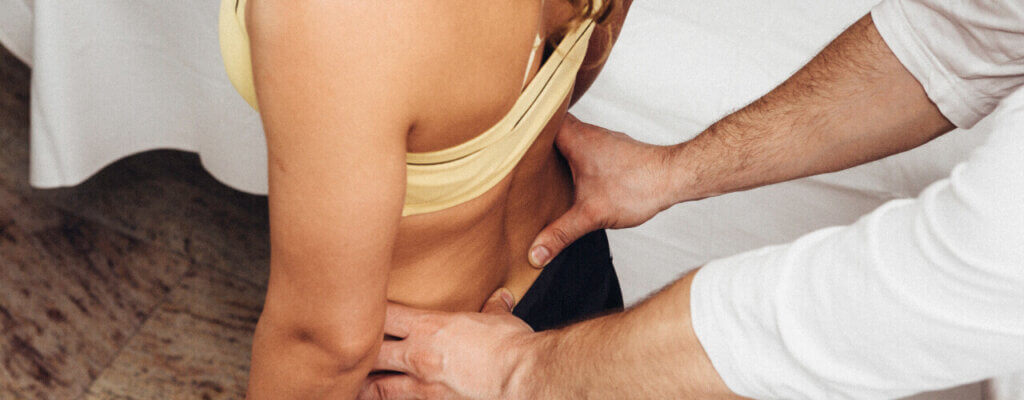Did you know the spine is made up of 24 bones? Five of such bones are found in the lower back. The spine also contains nerves and intervertebral discs in addition to these bones. Because the spine is such a complicated component of the body, discomfort might arise from time to time.
Pain, on the other hand, can sometimes be the result of an underlying problem, such as a herniated disc. One of the earliest signs of a herniated disc is lower back discomfort, which can range from mild to severe.
You might also have weakness, numbness in the legs, or severe and shooting sensations. Patients have also reported losing bladder control as a result of a herniated disc in certain extreme situations.
Herniated discs occur when the jelly-like nucleus protrudes from an intervertebral disc. This happens when the cell wall of the disc is not strong enough to keep the nucleus secure, therefore allowing it to push through the outer ring and begin to bulge.
A herniated disc can develop anywhere along the spine; however, they are most common in the lower back. If you are experiencing back pain and you think it may be caused by a herniated disc, contact our office today to find out how we can help.
Signs you may have a herniated disc
If you believe you may be suffering from a herniated disc, it is important to consult your primary care physician first. Your doctor will perform a physical exam to assess muscle strength and sensation to see if your disc is herniated, and he or she may also conduct a neurological exam.
If your doctor believes your disc is herniated, a magnetic resonance imaging (MRI) scan may be done to confirm the diagnosis. From this scan, your doctor will be able to clearly see if there is a herniated disc in the lower back region.
If the disc is putting pressure on the spine, it can be detected. Your doctor will then provide you with a treatment plan, and will likely recommend physical therapy for pain relief.
How does a herniated disc occur in the first place?
Herniated discs are typically associated with aging, as the spine begins to wear down and become more brittle. This is known as “disc degeneration.” The discs in the spine contain a high water content when we’re young, but as we age that water content gradually decreases. This causes the discs to shrink. Therefore, the older we get, the more prone we become to disc degeneration. Other risk factors that can make you more prone to herniated discs include:
- Driving frequently.
- Being overweight.
- Being between the ages of 20-50.
- Being male.
- Engaging in improper lifting techniques.
- Engaging in a sedentary lifestyle.
Physical therapy can provide much-needed relief
Your physical therapist in RedCore Physical Therapy will design a treatment plan that is tailored to your specific needs. This will begin with passive treatments such as manual therapy, traction, ice and heat therapies, ultrasound, electrical stimulation, or hydrotherapy to relieve pain and enhance function.
After your passive treatments are finished, active treatments will commence. This could include back-strengthening core exercises, stretching, and flexibility activities to improve range of motion, and any other muscle-strengthening exercises recommended by your physical therapist. In addition to these exercises, your physical therapist will advise you on any lifestyle modifications that he or she thinks may help you avoid future pain and injury.
Call our clinic today for help
Our physical therapy office is equipped with the best resources and methods for helping you recover and get back to your life. If you are looking for a natural, safe, and non-invasive way to treat your herniated discs, look no further. Call us today to get started on the first steps toward relief!
Sources:
- https://www.moveforwardpt.com/SymptomsConditionsDetail.aspx?cid=79ef56df-780e-4ad0-963f-94364404125a
- https://www.mayoclinic.org/diseases-conditions/herniated-disk/diagnosis-treatment/drc-20354101
Tags: physical therapy, lower back pain, physical therapist, natural treatment, back pain relief, herniated disc treatment


